When Bernard Kasaka was to be charged following a fight, he was very afraid. The Zambian judicial system has been severely overwhelmed with cases for many years, with some offenders waiting several years in custody before court proceedings begin. A disproportionate number of people like Bernard, who cannot afford a lawyer of their own, often have no way of asserting their rights. A long period on remand would have been a disaster for Bernard. He is the main provider for his nine grandchildren. His family depends on his income.
But Bernard Kasaka found the help he needed at a legal advice centre set up through the EnACT project, which is implemented by GIZ. EnACT trains paralegals who support individuals who would otherwise be left to fend for themselves. Central to their work is a digital case management system. With this, they are able to access all documents relating to legal proceedings from a number of different locations. The software allows for as many cases as possible to be handled by the staff available. For Bernard Kasaka, it meant that he was released on bail and ultimately served no prison time.
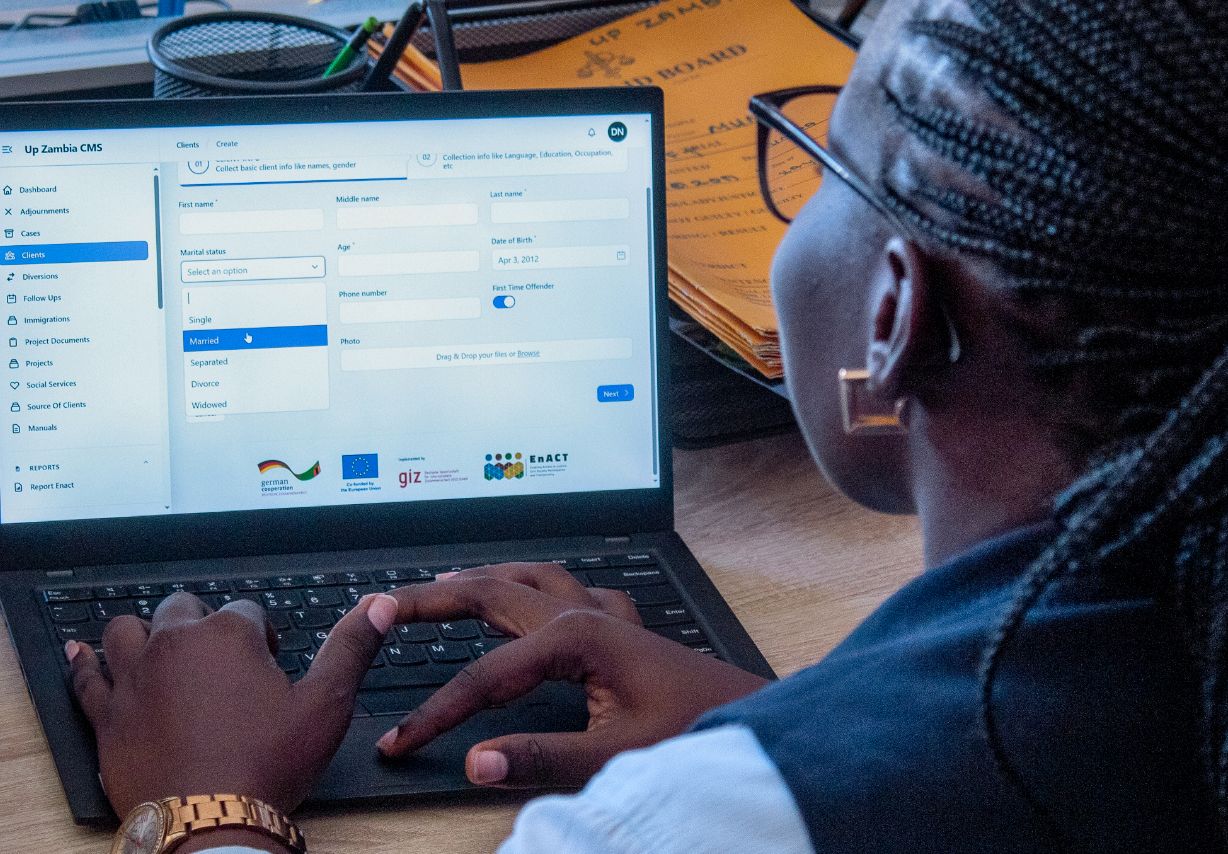
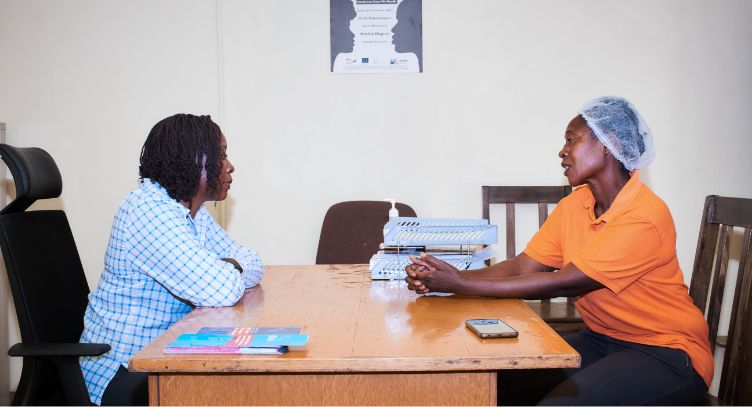
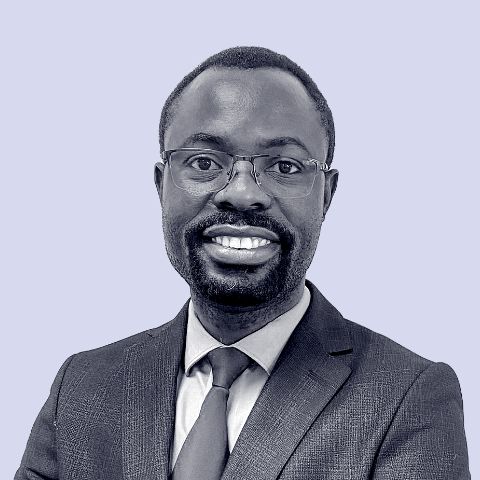
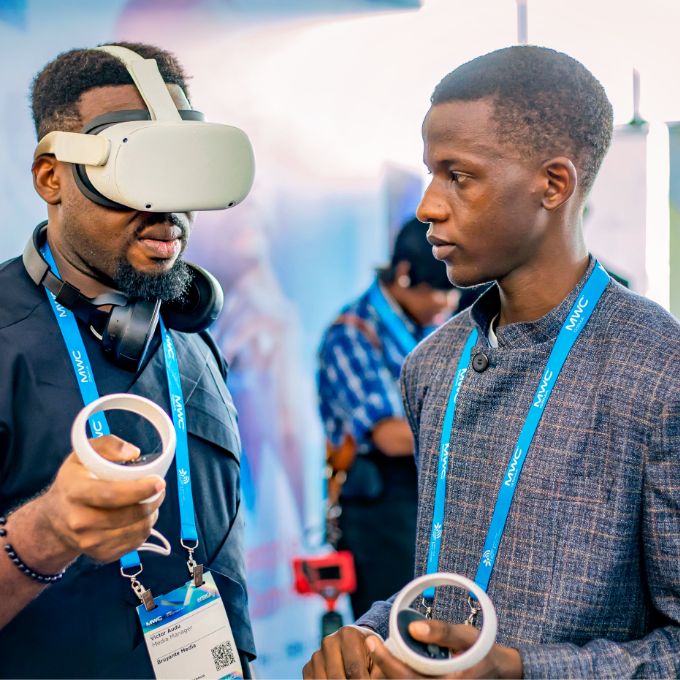
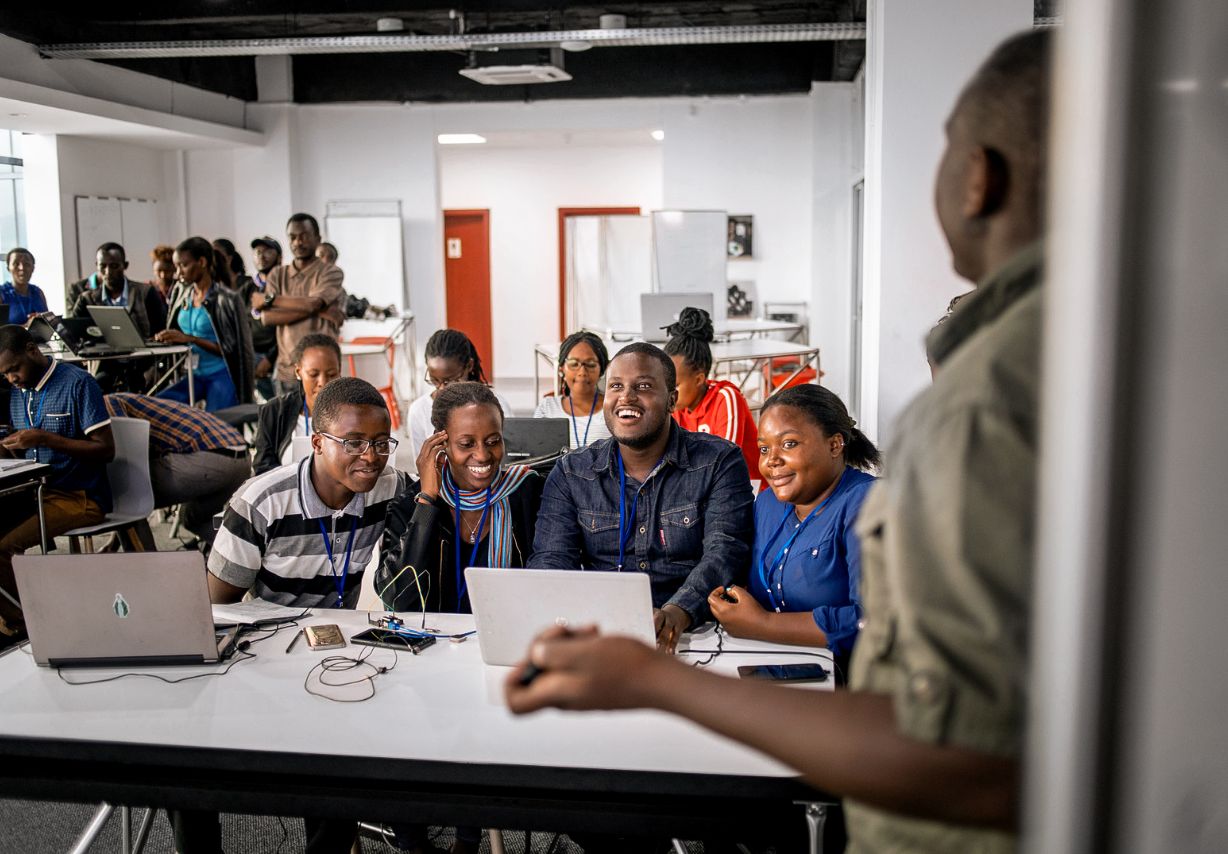

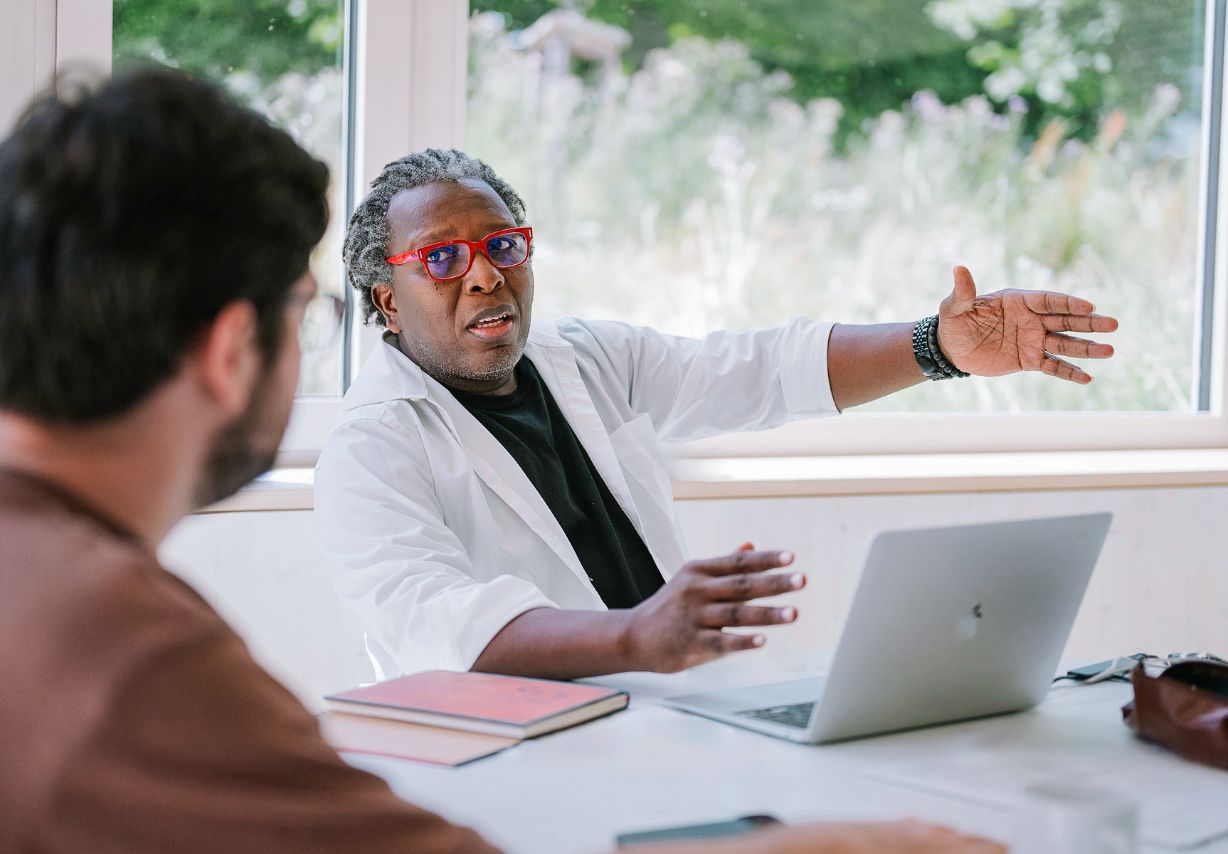
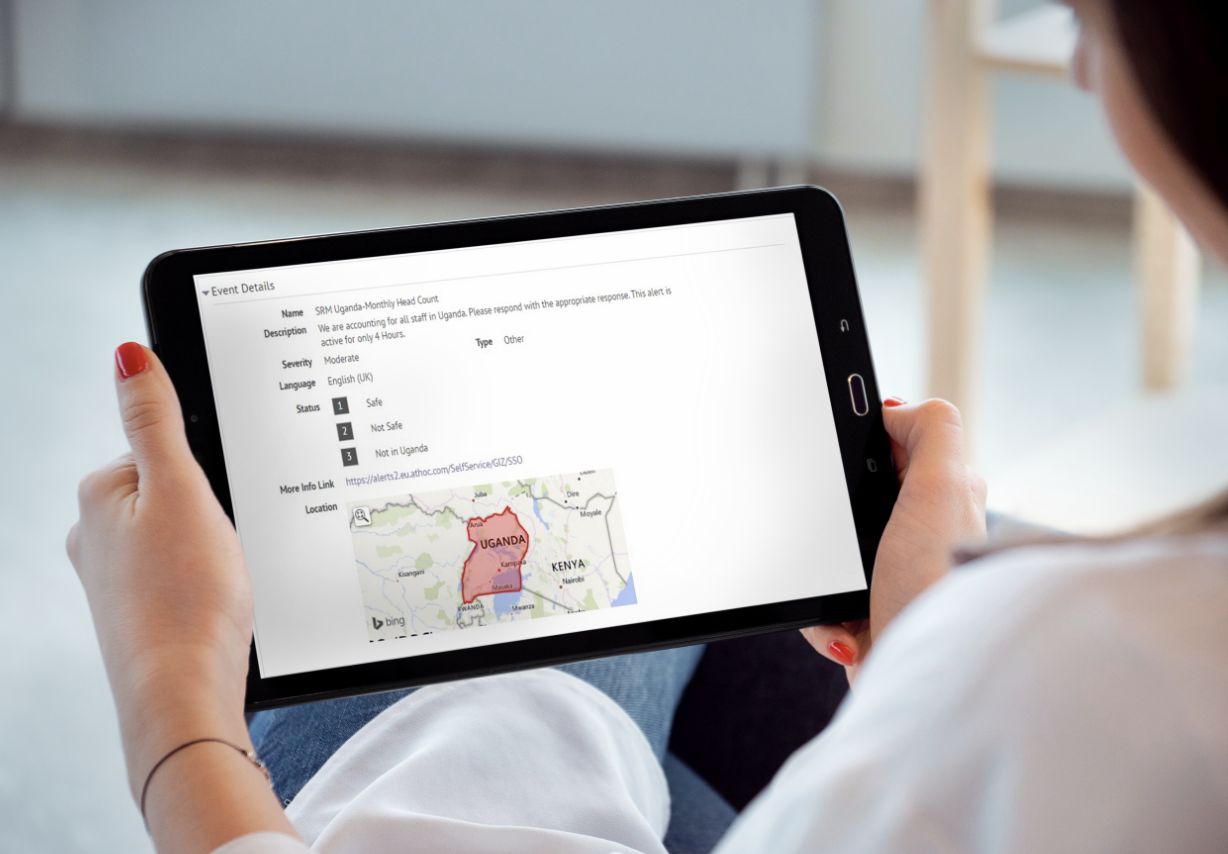
 Fullscreen
Fullscreen Close
Close Download
Download